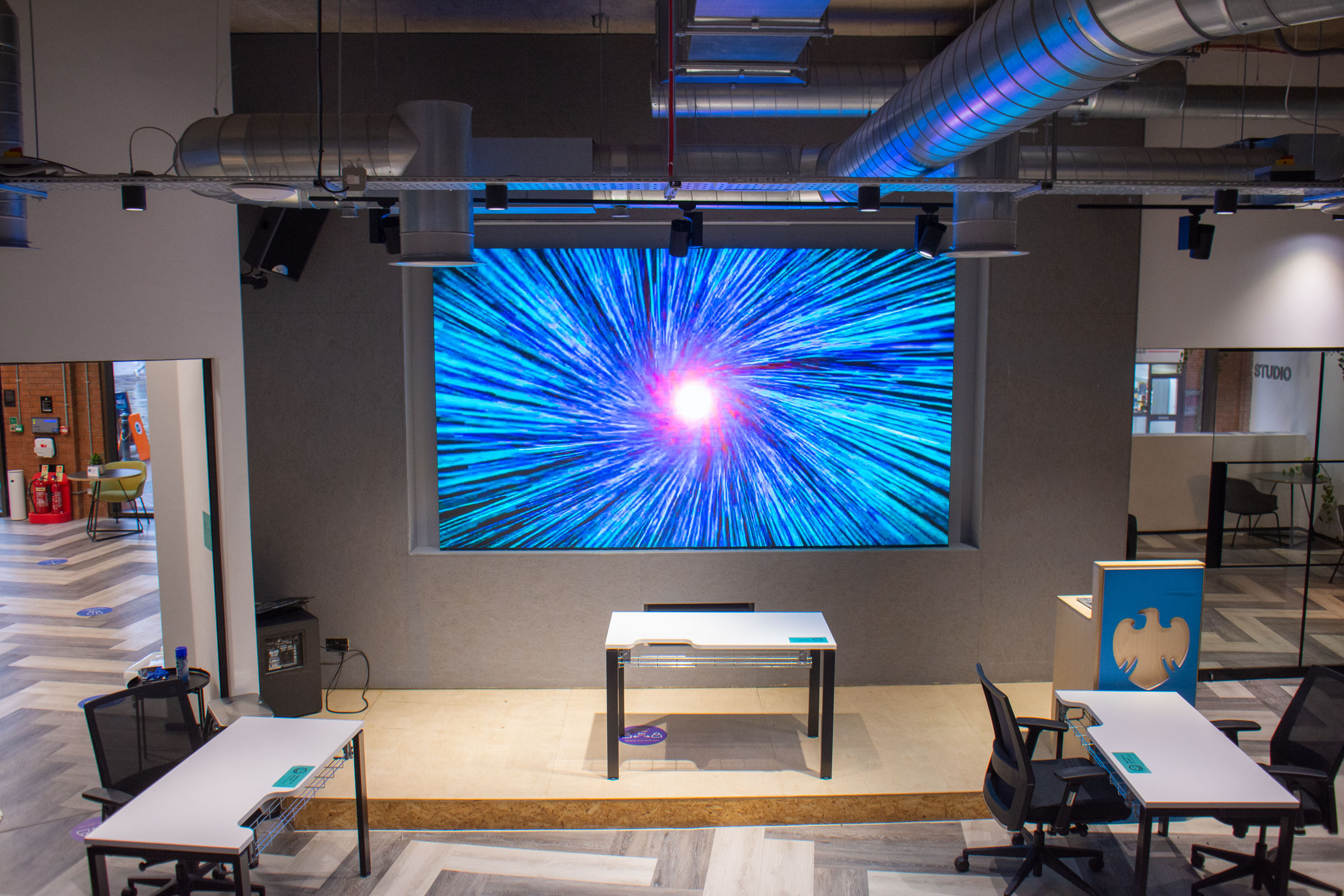When it comes to events and advertising, one trend that has not abated is that LED screens are getting bigger and sharper.
From gigantic 4K video displays acting as digital billboards to adaptable, programmable modular video walls, the big screen has been a core component of highstreets and major sporting events for decades.
Much like many developments in technology and advertising, the history of the big screen is highly fascinating and eternally disputed.
From Projectors To Screens
Technically, the first big-screen images were not invented but discovered, with the camera obscura method of blowing up and projecting large images existing since the dawn of the Earth. As well as this, physical structures which created projections existing since the Neolithic period.
For most of human history, the only way to display a large image was to project it, however with the growing development of video display technology, large format screens went from an impossibly to reality by 1980.
There is some dispute regarding the inventor of the video wall between Sony (who coined the popular term JumboTron) and Mitsubishi, who were the first to implement a large scale screen using its Diamond Vision system.
The first major event to have a video wall is believed to be the 1980 Major League Baseball All-Star game on 8th July 1980.
For stadiums, a video wall was simply meant to be a more versatile version of the electric scoreboards that had seen use since the opening of the Houston Astrodome in 1965.
Not only could scores, messages and little animations be shown, but also footage of the game and higher-quality graphics.
Diamond Vision was also the technology used during the charity concert Live Aid in 1985 to show footage of the concerts taking place in other locations.
This, as well as Sony’s first JumboTrons, are among the largest cathode-ray tube screens ever made. This was the result of a technical limitation found with early LED displays.
Blue LEDs were not commercially viable until 1989, and green LEDs still displayed a greenish-yellow light, which made them useless for an LED display at the time. Instead, the display used a similar principle to LED screens but was made up of cathode-ray tubes instead.
This was not a viable solution in the long run. CRTs do not last very long, and given that a large screen is meant to be used outside, extreme waterproofing was required to make sure the screens could survive.
As well as this, the screen resolution itself in the early days left a lot to be desired. The original 1985 jumbotron had a 450,000-pixel resolution (around standard definition for a television of the time), but some screens had a resolution as low as 240×192 pixels, which was worse than VHS.
Once blue LEDs hit the market, the sky was the limit, with the largest LED screen measuring 250m by 30m, based at The Place in Beijing, China.
Because of the versatility and ease of programming an LED display, multiple screens can be programmed to synchronise together and form a large screen.
